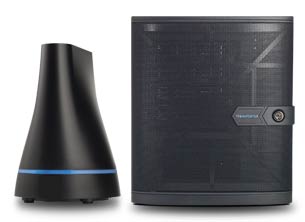One of the major reasons for the surge in shadow IT services in recent years is that many internal IT organizations couldn’t really provide a file sharing and synchronization capability for users of mobile computing devices, which those users naturally went out and found on their own via any number of cloud computing services. Now many of those same IT organizations are building their own private clouds, which naturally require file sharing and synchronization.
To address that need, Connected Data developed file share and synchronization appliances, two more of which the company is unveiling today.
After targeting larger enterprises with previous generations of appliances, Jim Sherhart, vice president of marketing, says the Transporter 15 and 30 appliances are aimed at remote offices and small-to-medium (SMB) organizations; the solution starts under $2,500 for 8TB of storage, 6TB of which is actually usable for storing data.
The Connect Data appliances all come with integration with Microsoft Active Directory and support multi-site replication. Connected Data has also published an application programming interface (API) that internal developers can invoke to build applications that make use of file share and synchronization in a private cloud computing environment.

As is often the case when it comes to IT, the path of least resistance to solving a problem is to deploy an appliance. That approach may lead to appliance sprawl, but from a business perspective, it does have the benefit of providing a turnkey approach to solving one of the main reasons that end users started making use of shadow IT services in the first place.



